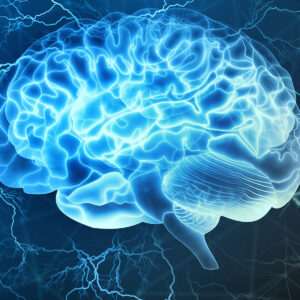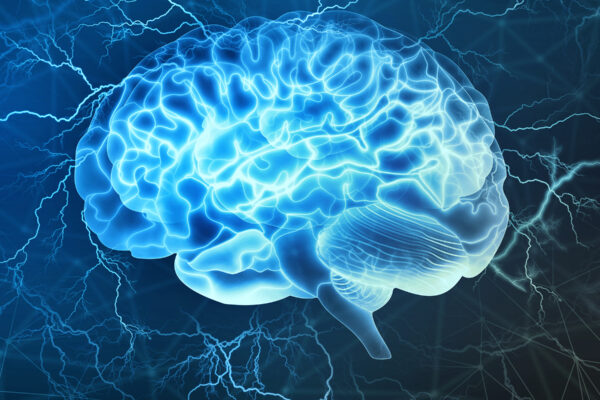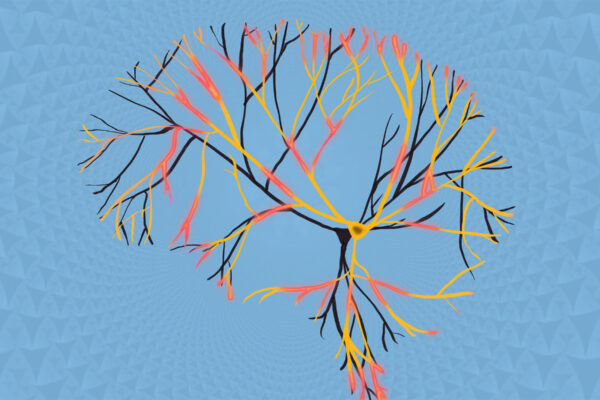
Sleep is vitally important for brain function and survival. Yet sleep remains one of the most poorly understood features of life.
Keith Hengen, assistant professor of biology in Arts & Sciences at Washington University in St. Louis, received a three-year $1.8 million grant from the National Institutes of Health (NIH) to study the role of sleep and waking behavior in shaping the brain’s neural dynamics.

His research will help scientists understand how sleep contributes to healthy cognition and also shed light on the mechanisms by which disrupted sleep worsens neurodegenerative and mental health disorders, like Alzheimer’s disease or depression.
“We know that sleep subserves learning and memory consolidation. But we don’t have a unifying understanding of how it does that — that’s certainly absent in the field.”
To help tackle this and other neuroscience challenges, Hengen and his laboratory group have built a unique set of tools capable of recording the activity of individual neurons in the brain over extended periods of time.
“Typically, scientists record from neurons for a few hours,” Hengen said. “We’ve engineered systems that allow us to record for months at a time so we can observe how the same neurons behave over thousands of iterations of sleep and wake, through light and dark, and across conditions that can’t be captured quickly, like aging or disease progression.”
In the Nov. 20, 2019, cover article for the journal Neuron — his first major paper since he joined the faculty of Arts & Sciences — Hengen showed that cortical circuit dynamics in the brain are actively tuned to criticality, a computational system that maximizes information processing.
Hengen suspects that sleep plays a key role in restoring the brain to a critical state.
“We expect that experience in waking will somehow degrade the larger computational organization of a network. And that sleep is involved in fixing that,” he said.
With the new NIH support, Hengen and his research team plan to continuously track 500 to 1,000 neurons in the brains of freely behaving animals for up to six months — recording the activity of individual neurons as related to the animals’ sleep and waking behavior.
Then the researchers will look at how neuron-specific activity fits within the activity of the larger neural network.
The data they acquire will help them understand how the brain can perform with stability over time. They also plan to test the relationship between criticality and certain kinds of behavior.
“What our preliminary data suggest — and what we’re trying to flesh out with this project — is the idea that the changes in neural computation induced by waking experience are extremely high dimensional and extremely variable over time,” Hengen said.
“The state of being awake today, on campus and in the lab, is not necessarily the same as it was when I was 6 months old, which isn’t the same as it is when I’m lying on a beach on vacation,” he said. “You can’t typify all those experiences by a single factor. And likewise then sleep needs to be equally high dimensional: If waking experience can push your brain in diverse and complicated patterns, sleep needs to be equally complicated to be able to compensate for these changes. Any reduction of sleep and wake to a single factor, a single mechanism or a single rule risks seriously oversimplifying things.”
The NIH is funding Hengen’s work under the Brain Research through Advancing Innovative Neurotechnologies (BRAIN) Initiative, which is aimed at revolutionizing our understanding of the human brain.
“Given the increasingly recognized role of sleep in a vast number of brain-related disorders, a better understanding of how sleep works will open the door to significant health-related progress in the future,” Hengen said.
Hengen also was recently awarded a Brain & Behavior Research Foundation young investigator grant.




